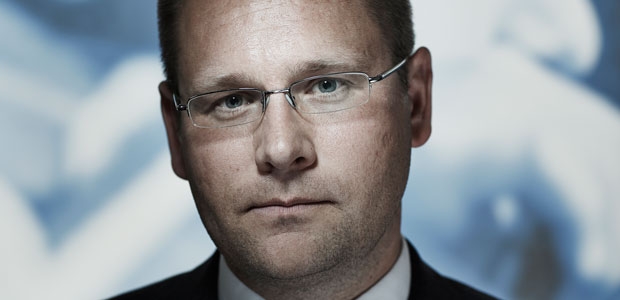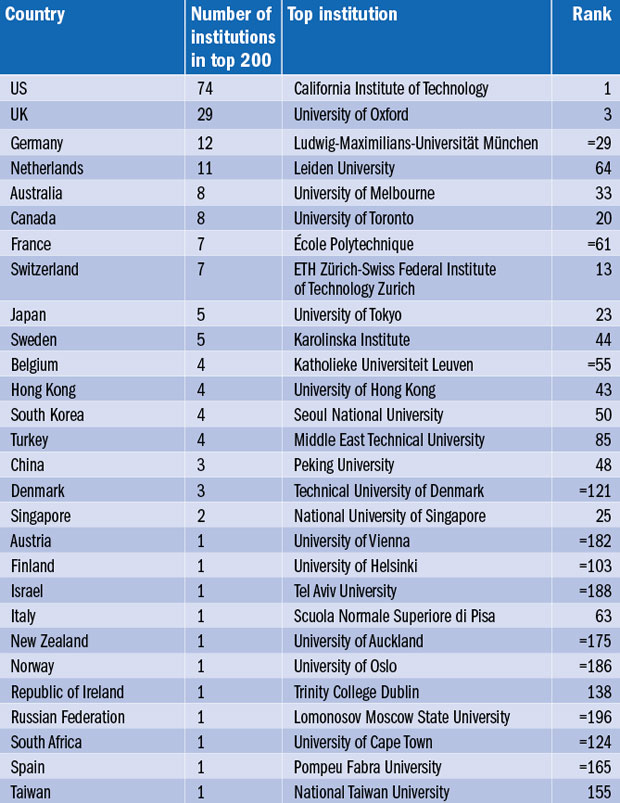
The World University Rankings are competitive, of course, but they also promote the partnerships vital to a vibrant global academy, says Phil Baty.
The rankings are about competition, right? Of course, universities and the individuals that make them are driven by a healthy competitive instinct – the drive to be first to new knowledge, to be the best. This is one of the reasons why Times Higher Education’s portfolio of global rankings has become so closely watched, not just by prospective students and their families, but also by scholars, university leaders and governments.
But they also fulfil another, perhaps even more important function: they promote collaboration. In 2009, a report by the US Institute for Higher Education Policy, Impact of College Rankings on Institutional Decision Making, found that they “foster collaboration, such as research partnerships, student and faculty exchange programs, and alliances. Rankings can be important starting points to identify institutions with which to collaborate and partner.”
This year, Ellen Hazelkorn, director of the Higher Education Policy Research Unit at Dublin Institute of Technology, updated her work on the growing power of rankings. She writes: “A growing number use rankings to inform decisions about international partnerships.” This is as it should be. Our rankings were specifically designed to judge excellence against institutions’ own missions: our 13 performance indicators cover teaching, research, knowledge transfer and international outlook, and are scaled to ensure they are largely size-independent. The normalisation of the indicators to embrace each institution’s subject mix means that the rankings, while largely stable, do not simply reproduce the traditional elite hierarchies.
Over time, the THE rankings have been able to showcase rising stars – those exciting and dynamic institutions, often in developing countries, that have been able to make a big impact on the global stage in a relatively short time, often through careful strategic focus. As well as mapping shifting global sands, our rankings are giving rising powers greater global visibility, helping to create a more vibrant, multicultural academy.
Alice Gast, president of Imperial College London, says that as in biology, where plants become hardier through cross-breeding, the heterosis of different attributes is vital for world-class universities. “Individuals brought up in different educational systems and with exposure to different societies and markets approach problems differently: thus, international teams broaden and augment individual thinking,” she writes.
“The future holds great challenges, but great universities will meet them by joining forces.”
Accordingly, the World University Rankings will continue to provide trusted, rigorous data to encourage healthy competition and inform exciting collaborations.
Phil Baty is editor, Times Higher Education Rankings.

Register to continue
Why register?
- Registration is free and only takes a moment
- Once registered, you can read 3 articles a month
- Sign up for our newsletter
Subscribe
Or subscribe for unlimited access to:
- Unlimited access to news, views, insights & reviews
- Digital editions
- Digital access to THE’s university and college rankings analysis
Already registered or a current subscriber? Login